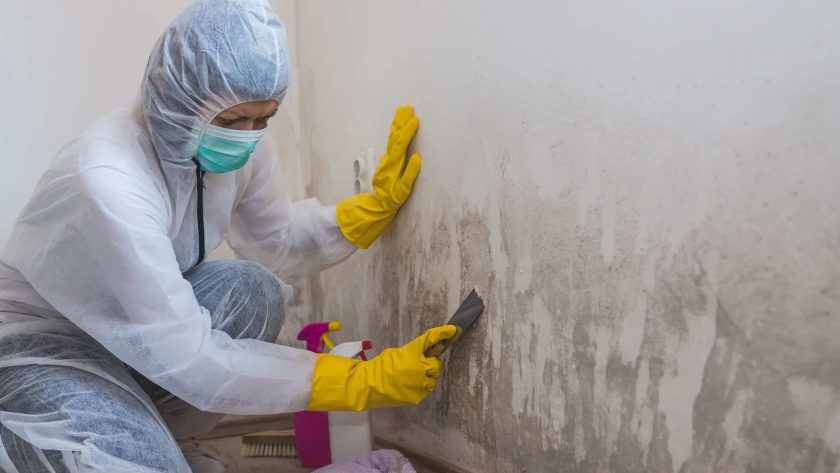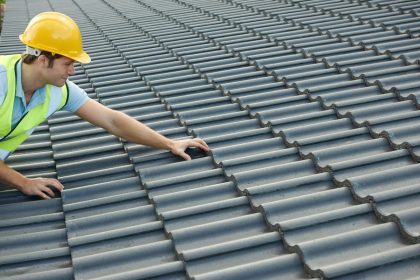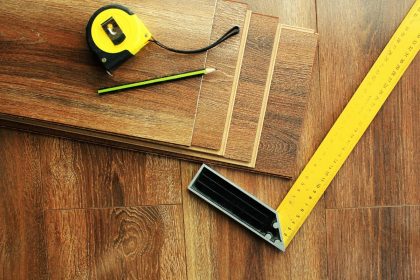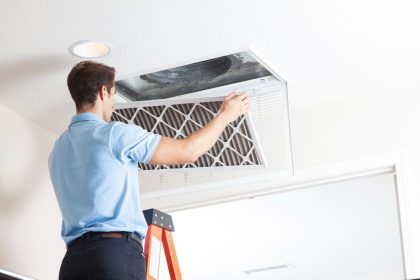When it comes to ensuring a safe and healthy living environment, one aspect homeowners often overlook is the presence of mold. Mold not only affects the structural integrity of a building but also can have significant health implications for its occupants. While mold inspections are essential for identifying visible mold growth and potential sources of moisture, mold testing plays an equally crucial role in the process. Here’s a closer look at why mold testing during an inspection is indispensable.
1. Pinpointing the Type of Mold
Not all molds are created equal. While some are benign, others, like Stachybotrys (often called “black mold”), can produce toxins. Through mold testing, homeowners can learn precisely which types of mold are present in their property. This knowledge is pivotal in determining the urgency of remediation and the best treatment methods.
2. Uncovering Hidden Mold
Visual inspections can only do so much. Mold often thrives in hidden areas – behind walls, carpets, or air ducts. Without testing, it’s challenging to gauge the full extent of a mold problem. Air and surface sampling can reveal mold spores that aren’t visible to the naked eye but are still in the environment.
3. Assessing Air Quality
Mold spores in the air can pose a significant health risk. Even if mold isn’t visible, spores can be airborne and inhaled. Mold testing can assess indoor air quality by measuring the concentration of mold spores. High levels can indicate an underlying mold problem and assist in strategizing the remediation process.
4. Validating Remediation Success
After mold removal, it’s crucial to test the environment again. Post-remediation verification ensures that mold levels have been reduced safely and that the remediation efforts were successful. Knowing they are in a healthy living space gives homeowners peace of mind.
5. Health Implications
Mold exposure can lead to various health issues, from allergic reactions and respiratory problems to more severe conditions, especially in individuals with compromised immune systems or mold allergies. By testing for mold, homeowners can better understand any unexplained health issues they or their family members might be experiencing.
6. Property Value and Disclosure
A thorough mold inspection and testing can be a boon for those considering selling their property. It assures potential buyers of the property’s safety, potentially increasing its market value. In many regions, sellers are legally obliged to disclose any known mold issues, making testing a critical step in selling.
In Conclusion
While mold inspections are vital for recognizing visible signs of mold and moisture issues, the importance of mold testing cannot be overstated. It offers a comprehensive overview of the mold situation, ensuring homeowners can take informed action. Whether you’re safeguarding your family’s health or guaranteeing the structural integrity of your property, combining mold inspections with testing is the gold standard in mold management.





